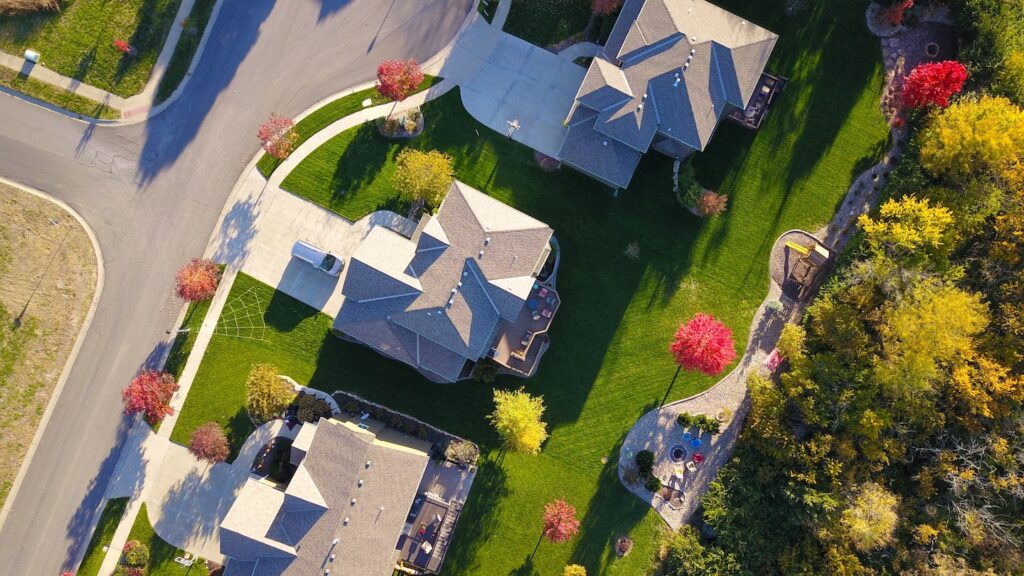
Improve home energy efficiency
Your home wastes energy and money. Here’s how:
- Envelope leakage of heated & cooled air
- Attic and wall penetrations to outside
- Under doors & around windows
- Into crawlspace (unless you’re on slab floor)
- Insulation (unless R30 roof & R18 walls)
- Duct leakage (unless you have sealed ducts or don’t have forced air)
- Heating (if less than 94% efficient)
- Cooling (unless >15 SEER)
- Water heating (if less than 90% efficient)
- Refrigerator (unless Energy Star rated)
- Lighting, unless LED
- Windows, unless low-E rated on all but north-facing or shaded
They are listed in likely order of importance in your home, though it can vary widely.
All this could add up to half or more of your energy bill, and a substantial portion of your family’s carbon footprint on our planet.
If you want to improve it, save money, and get more comfortable, I’d start with Envelope, specifically, you can seal penetrations in your attic and walls. I’ve seen a lot of attics from my experience as a home energy analyst, and yours, like mine, no doubt has many holes between inside and out.
For instance, your electrical wires, plumbing pipes and heating ducts typically go through the ceiling into the walls or chases, leaving gaps around the holes. You can plug these gaps with spray foam and caulk. Your attic may have large gaps, too, for access hatches, around ducts, or just careless construction, which let outside air contact your heated walls and ceiling. These can be sealed off with plywood or wallboard, and insulated. And then there are recessed “can lights”, and sprinkler systems. One can box these off and seal the boxes to the wallboard with foam or caulking.
Once all the gaps are sealed, you are ready to add insulation. Particularly if your home is older, say 20 years or more, your insulation is in need of “topping off”. Your ceiling insulation may be 2-3 inches deep, and coverage inconsistent. Removal of old insulation may not be necessary: just blow in fresh insulation over it, up to 20 inches, if fiberglass. Cellulose insulation may be even more cost-effective. Foam is the most expensive, and requires removal of the old insulation, but it seals as it insulates, saving substantial time.
You will notice a difference in your comfort after completing air-sealing and insulation: the temperature in your home will vary much less throughout the day. In my home, we found we no longer need an air-conditioner, and did not replace ours when it broke down a second time. Our energy bills dropped substantially as well. And of course, I feel particularly good about the difference we’re making for the health of life on planet Earth.

The founder of the Bay Area Environmental Education Resource (BAEER) Fair, Donn recently retired as a green building consultant, home performance specialist, and energy auditor. He has “deep retrofitted” his already highly efficient home which has two charging stations for the two electric cars he and his wife Nancy drive, powered by solar PV panels on their home’s roof, and now backed up by battery. Donn urges everyone to do their utmost to shrink their carbon footprint: climate change has become an urgent emergency.
